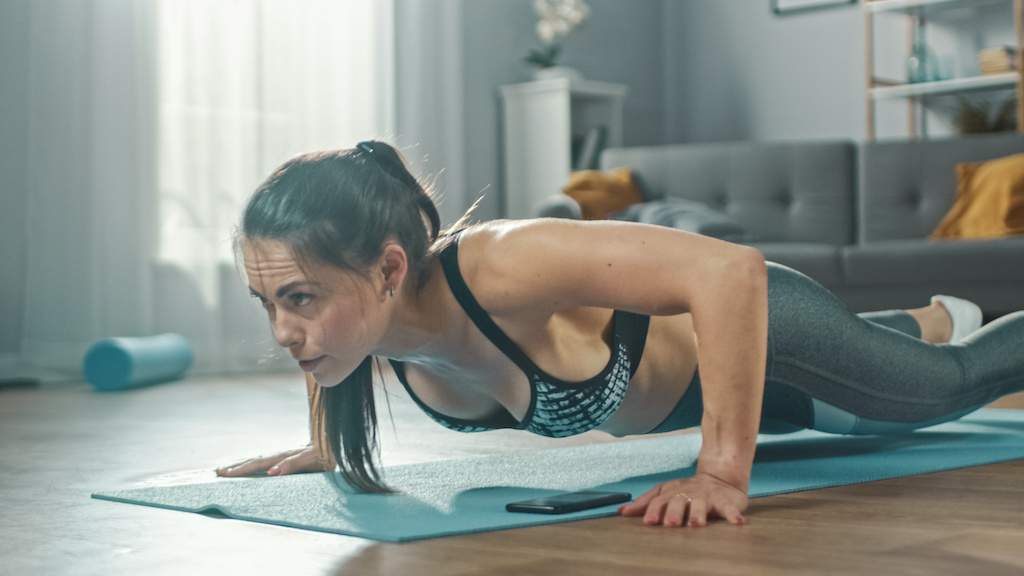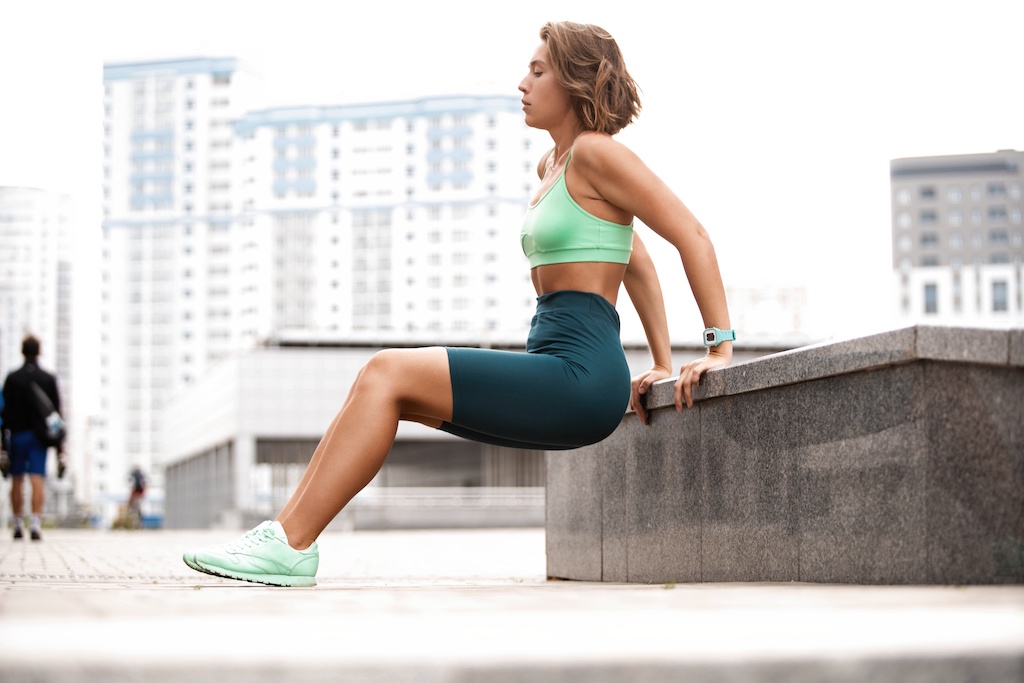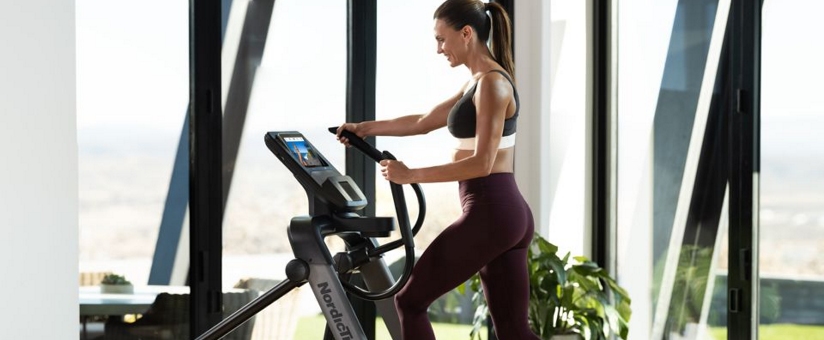Bodyweight training is a series of muscle-strengthening exercises that can be performed anywhere without the need for equipment. Are these bodyweight training exercises for you? Discover the classic moves and take up the challenge of more complex exercises: this article tells you everything you need to get off to a good start and create your own training programme.
What is bodyweight training?

Both simple and effective, bodyweight training allows you to improve your physical condition and gain strength, endurance and tone anywhere, without equipment. This type of training consists of a sequence of several strength training exercises using only your body weight to work targeted muscle groups.
4 reasons to start bodyweight training
There are many reasons to incorporate bodyweight training into your training routine:
- It combines cardio and strength training.
- It includes a great variety of exercises matching lots of objectives.
- It can be carried out at home, indoors, outdoors, on the move, alone, in groups, etc.
- It is accessible to all and does not require any special equipment.
Is bodyweight training right for you?
Bodyweight training is an ideal solution for you if:
- You work a lot and want to train at the office.
- You are often on the move and wish to continue the practice of a physical activity wherever you are.
- You don’t want to invest money in a gym membership or in the purchase of home fitness equipment.
- You don’t have the space for weight training equipment at home.
- You are starting to exercise and want to improve your physical condition quickly, without constraints, before choosing a sports activity.
- Etc.
Focus on muscle movement without equipment

Bodyweight training is a very wide ranging practice, which includes all the bodyweight movements that can be done without equipment. To combine PTO and cardio, select complementary exercises that work the whole body and adopt a fast pace to work your cardiovascular system.
Bodyweight training: the classic exercises
Here are the best known bodyweight training exercises:
- Push-ups: mobilising the deltoids, triceps and pectorals, bodyweight training’s flagship exercise consists of lowering and raising the body with the force of the arms, leaning on the hands, the face towards the ground and the feet slightly apart.
- Squats: Squats are done standing up with arms outstretched and legs spread out to the width of the hips, and this leg bending exercise requires strength and balance. It targets all the muscles of the thighs.
- Crunches: this exercise is the best-known way of training the abdominal muscles. Lying on the ground on your back with legs bent, arms behind your head push your shoulders off the ground without arching.
- Lunges: used to refine the thighs and to shape the buttocks, these consist of taking a step forward, hand on the hips, then bending both legs, the one in front forming a right angle, the back knee almost resting on the ground. Alternate the direction of the lunges to balance the exercise.
- The Chair: easy to perform everywhere, this isometric exercise stresses the quadriceps and the abdominal muscles. Sit at a right angle against a wall, as if you were on a chair.
- The plank: ideal for strengthening all the abdominal muscles, this core exercise consists of keeping the body taut, balanced on the forearms (or on the hands, outstretched arms) and the tips of the feet.
3 more technical movements
If you are a more experienced athlete, these more difficult variants should appeal to you:
- Hollow position: also called hollow body, this exercise aims to make the abdominal muscles work by keeping the spine as straight as possible. Lie on your back and tighten your abdominal muscles, imagining that your navel is close to the ground. Arms are outstretched with the toes pointing upwards and the body is stretched. Lift your shoulders (together with your head and arms) and legs, keeping your spine flat on the ground and avoiding arching.
- Hardstyle push-ups: these are performed like classic push ups, but deliberately stress the abdominal muscles as in the hollow position.
- Hardstyle plank: in the same principle, you can transform this passive core exercise into a more active strength workout by mobilising the abdominal muscles more.
Create your first bodyweight training programme

Bodyweight training is generally done in the form of circuit training: create a circuit of 3 or 4 exercises, repeated several times. You can link several circuits together to make up a complete session, always taking into account your physical capability. Aim to do 30 minutes 3 times a week, ideal to get you started.
To optimise the results obtained with bodyweight training, combine it with other exercises: cycling, running, swimming…
Check out our Health & Fitness page for more advice.
